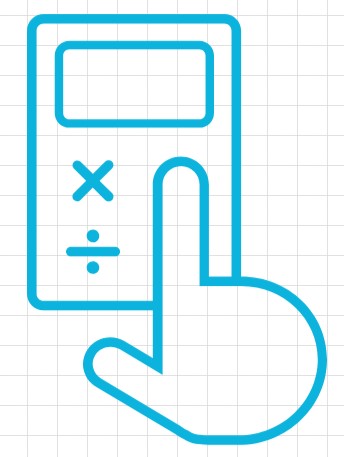The Balanced Approach with Pervasive Importance
Rounding numbers is an integral aspect of mathematics and everyday computations. While this practice may appear elementary at first, delving deeper reveals a spectrum of methods and nuances that can have significant real-world implications. Among the myriad of rounding techniques, ‘Midpoint Rounding’ emerges as a particularly noteworthy contender. This article aims to unpack the concept of midpoint rounding, exploring its unique attributes, applications, and the reasons behind its alternative moniker, ‘Bankers’ Rounding.’
The Essence of Midpoint Rounding
To understand midpoint rounding, one must first grapple with the predicament it addresses. Picture a scenario where numbers rest perfectly in the middle of two other numbers. The immediate question arises: which direction should the rounding favor? Midpoint rounding emerges as a solution to this quandary, offering a balanced and methodical way to handle such instances.

Contrasting Conventional and Midpoint Rounding Approaches
Conventional rounding principles are embedded in most of our educational backgrounds. We’ve learned that figures 5 and above should be rounded upwards, while those below 5 should take a downward trajectory. However, consistently applying this method, especially on extensive data sets or repeated calculations, unveils a latent bias. Numbers ending in .5 are perpetually rounded upwards, skewing results over time.
Midpoint rounding or ‘Bankers’ Rounding’ deviates from this norm. It posits a distinctive proposition: when a number is equidistant between two others, it should round to the nearest even value. By doing so, it endeavors to distribute the act of rounding both upwards and downwards in a more symmetric fashion, thus curtailing cumulative biases.
Delving Deeper with Illustrative Examples
A juxtaposition of scenarios accentuates the difference between these methodologies:
Traditional Rounding Techniques:
– 7.5 is rounded to 8.
– 7.4 finds itself rounded down to 7.
– 7.6 naturally rounds up to 8.
Midpoint Rounding Approach:
– 7.5, interestingly, rounds up to 8, given 8’s even nature.
– 8.5, however, rounds down to 8, as 8 is the even number in proximity.
– The numbers 7.4 and 7.6 maintain their traditional rounding trajectories, becoming 7 and 8, respectively.
Through these examples, the distinction in handling midpoint values becomes crystal clear.
The Intriguing Origin of the ‘Bankers’ Rounding’ Label
It’s not merely a nomenclatural coincidence that midpoint rounding is often referred to as ‘Bankers’ Rounding.’ The world of finance, and banking in particular, is a realm where colossal volumes of transactions and computations transpire daily. In such an environment, even infinitesimal rounding biases can compound, leading to consequential inaccuracies. Bankers discerned that utilizing midpoint rounding could mitigate the accumulation of these slight errors, especially in repetitive scenarios such as currency conversions. Given its widespread adoption and success in the financial domain, the appellation ‘Bankers’ Rounding’ became indelibly associated with this methodology.

Check Out Our Rounding Calculator
Unveiling the Widespread Significance of Midpoint Rounding
Beyond banking, the appeal of midpoint rounding lies in its quest for equilibrium. By championing a more equitable distribution of rounded figures, it negates the biases intrinsically tied to the traditional approaches. Such unbiased precision is indispensable in sectors where neutrality and exactitude are paramount—fields such as scientific research, engineering, data analytics, and, of course, finance.
In Summation
While rounding may be perceived as a rudimentary mathematical operation, the depth of its impact, especially in precision-critical contexts, is profound. Midpoint rounding, with its balanced approach, rises as an invaluable tool, ensuring computations remain not only accurate but also impartial. In an era propelled by data and analytics, embracing techniques like midpoint rounding is more than just a mathematical choice; it’s a commitment to fairness and precision.